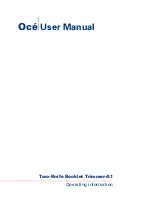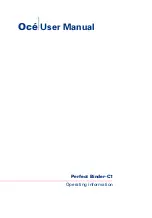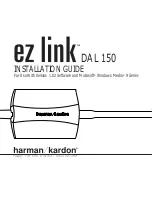
14
15
Using TubeLess Ready (TLR) Wheels
Your wheels work with UST tubeless tires or Bontrager TLR tires (each requires a special
tubeless rim strip); or with a standard tire with an inner tube. Make sure the parts of your tire
system work together.
Rim
Standard
TubeLess Ready
Compatible with an inner tube.
Compatible
Compatible with Super
Juice or an inner tube.
Compatible with
an inner tube.
Tubeless
Tubeless-Ready
Standard
Tire
Installing tubeless tires takes special techniques. See the instructions at www.bontrager.com.
The tubeless system requires specific components and installation
techniques. An improperly assembled or installed tire could lose air
suddenly and cause you to lose control and fall. If you are not sure your tire
system is installed correctly, take your bicycle to your dealer for service.
WARNING
Using Carbon Rims
Carbon rims are very light and strong, but they require special care and parts. Brakes perform
differently on carbon rims, especially when wet, or hot from a long descent. At slow speeds,
your brakes may shudder. Only use Bontrager Carbon Stop cork brake pads. Other pads
may not stop as well and could overheat the rim, causing the carbon fiber to delaminate. Do
not use latex inner tubes. Carbon rims can get hot during hard braking, and latex tubes do
not withstand heat well. The tubes could lose air suddenly and leave you with a flat tire. Do
not apply force to the sides or tops of aero rims or disc wheels. Do not clamp an aero rim or
disc wheel in a bicycle rack, car carrier, or other mechanism. Do not hang the bicycle by aero
rims or disc wheels. Such forces can damage an aero rim or a disc wheel. Do not clean the
rims with solvents, harsh chemicals, or abrasives, which can cause damage to the rims. If
a solution of water and dish detergent does not clean the rims, use a clean soft cloth and a
small quantity of acetone. Only use Velox® rim strips.
Do not exceed the maximum inflation for carbon rims. Over inflation may damage the rim.
+
Carbon mountain clincher rims= 60 psi (4,1 ATM) maximum.
+
Carbon road clincher rims= 120 psi (8,3 ATM) maximum.
+
Carbon road tubular tims= see tire for maximum pressure.
Pound for pound, carbon fiber is stronger than steel, aluminum, or titanium. But it behaves
differently when it is overloaded in an accident or impact. An overloaded metal part will bend
or deform before it breaks, showing evidence of the load. An overloaded carbon fiber part will
not bend or deform, so a damaged carbon part (with reduced strength due to the damage)
may look normal—even after the same load that bent the metal part. But when the sum of the
forces finally exceeds the strength limit of the carbon fiber, the carbon fiber part breaks, it does
not bend. Examine your carbon rims carefully for damage before and after each ride, or after a
high force load. High force loads include crashes, but you do not have to crash to put a high
force load on your rims. For example, if your wheels fall in a large hole in the road or you ride
over a sharp bump such as a railroad track, you can put large forces on your rims.
Carbon fiber parts with damage can break suddenly. Carbon fiber can
conceal damage from an impact or crash. If you suspect your bicycle has had
an impact or crash, immediately stop the bicycle. Have your dealer examine
the bicycle or visit our web site to learn about carbon fiber inspection.
WARNING
Содержание WHEEL
Страница 1: ...Wheel Owner s Manual ENGLISH ...
Страница 20: ...www bontrager com ...






































